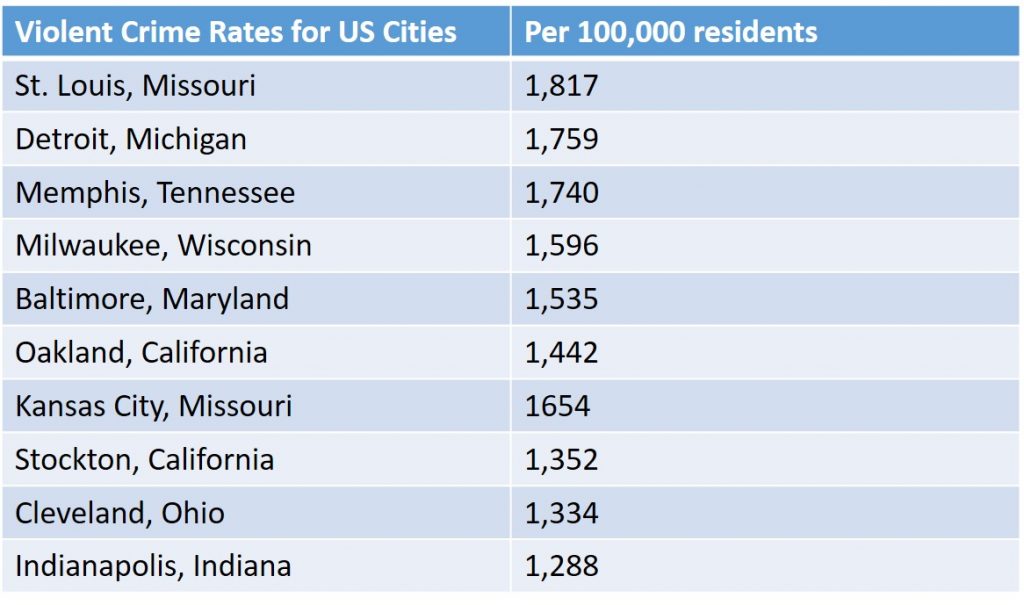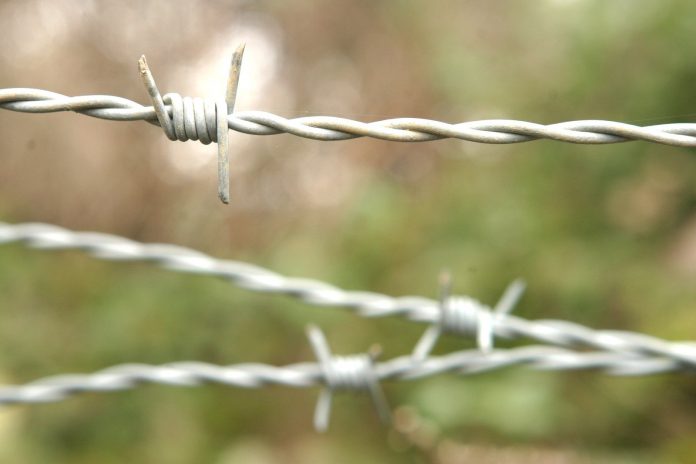Opt-Ed
By Patricia Ann Talley, Editor
In April of every year, the U.S. State Department analyzes various countries and issues “Travel Warnings” to its citizens who are traveling or living abroad.
In April 2019, the U.S. State Department classified the entire country of Mexico as a “Level 2: Exercise increased caution due to crime and kidnapping.” (See: Travel Warnings for Mexico.) The government also issued a “Level 4: Do Not Travel (by any means) due to crime” for the entire state of Guerrero, where I live. (Also for Colima, Michoacán, Sinaloa, and Tamaulipas.)
According to the U.S. Travel Warning: “Armed groups operate independently of the government in many areas of Guerrero. Members of these groups frequently maintain roadblocks and may use violence towards travelers. U.S. government employees may not travel to the entire state of Guerrero, including Acapulco, Zihuatanejo, Ixtapa, and Taxco.”
Crime Report for Zihuatanejo, Guerrero
While Zihuatanejo does not have school shootings and hate crimes on the scale of some big international cities, homicides and “crimes of poverty” are on the rise – home thefts, vehicle robberies, etc. There is also an influence of the cartels that traffic drugs through the state for distribution in the USA. The following statistics were obtained from the City of Zihuatanejo.

Comparison to U.S. Cities
While every effort should be made to ensure the safety of U.S. Citizens in the Zihuatanejo area, the violent crime rates in U.S. cities are much higher and travel is not restricted.

Adverse Effects on the Local Community and for U.S. Citizens
These Travel Warnings have adverse effects on local communities (educationally, economically, culturally, linguistically, etc.). For example, according to Professor Chaz Brown, Director of International Affairs at the Universidad Tecnología de la Costa Grande in Petatlán, the ENTIRE state of Guerrero is now barred from receiving international fellows and scholarship recipients to do academic work in the communities because of this travel alert. A decline in tourism adversely affects the economics of the local community, and poverty adds to more crime.
It is also important to note that given this “Do Not Travel Warning,” the U.S. government has limited ability to provide emergency services to U.S. citizens throughout Guerrero since travel by government employees to these areas is prohibited or significantly restricted. U.S. government employees may not travel between cities after dark and are restricted from even hailing a taxi on the street.
No more Local Representatives either! The U.S. Embassy advises that it has eliminated the “Warden Program” that asked local volunteers to communicate news to citizens in the area. I volunteered in the past and helped State Department representatives to organize Town Hall Meetings – but no más.
A check with some emergency medical evacuation services reveals that some do not assist people in “Do Not Travel” zones.
Even our Whales may suffer! Katherina Audley, Director of the Whales of Guerrero Research Project says that the Travel Warning could have a terrible impact on all of the hard work that has been done to develop sustainable ecotourism in the region. Scientific research projects have already been canceled.
Most importantly, I am concerned about the impression upon our Mexican youth when they hear countrymen/women referred to as “criminals and rapists.”
By no means do I want to diminish anyone’s fear of crime. But, I wonder if the travel alerts are based on facts or on a political agenda to build a wall.










